The first permanent exhibition of the CAM Collection, 1983–85
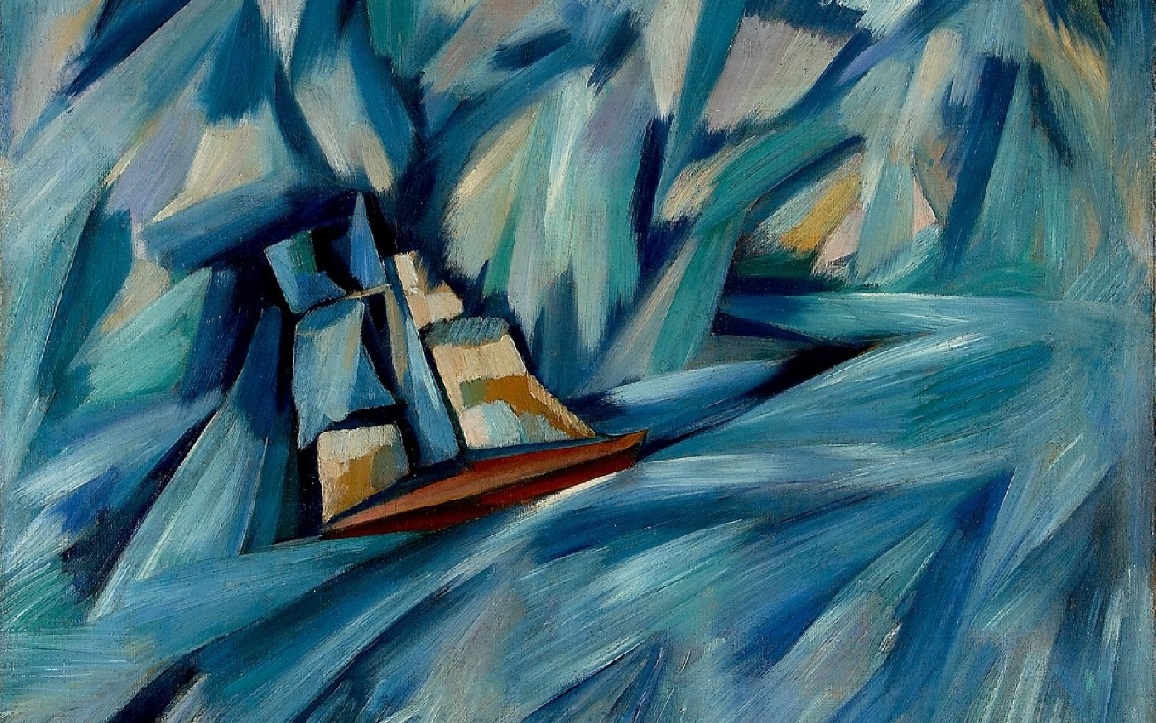
The twentieth July 1983 saw the inauguration of the CAM building, constructed to house and exhibit the collection brought together by the Calouste Gulbenkian Foundation from the late–1950s on. The first permanent exhibition of the Collection, regarded as the most important and wide-ranging collection of 20th-century Portuguese art, was on display to the public for almost two years and included 550 works by 225 artists, from Portugal and abroad.

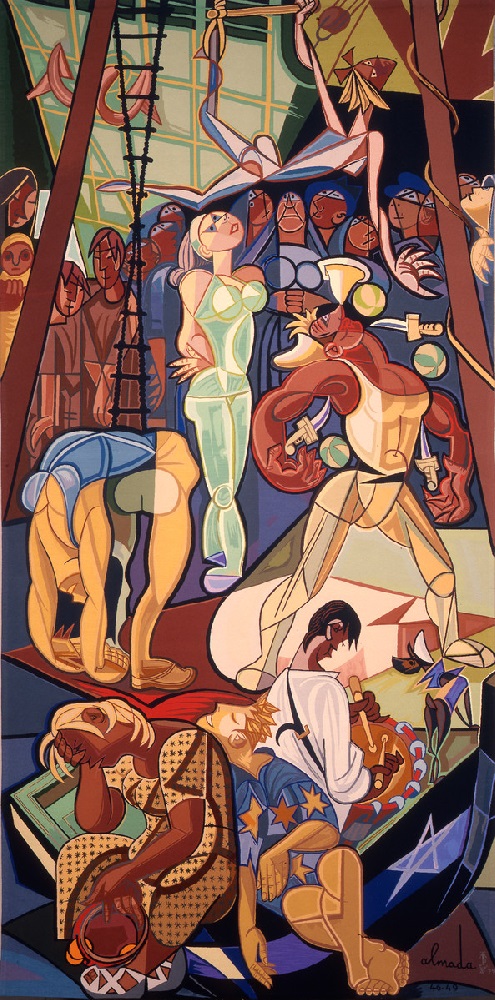
This presentation, planned by then CAM director José Sommer Ribeiro, was spread across various spaces in the building. In the hall, which precedes the main gallery, visitors were met by some of the works of José de Almada Negreiros, notably the tapestries based on the frescoes of the Rocha do Conde de Óbidos Maritime Station and some of his best known paintings.
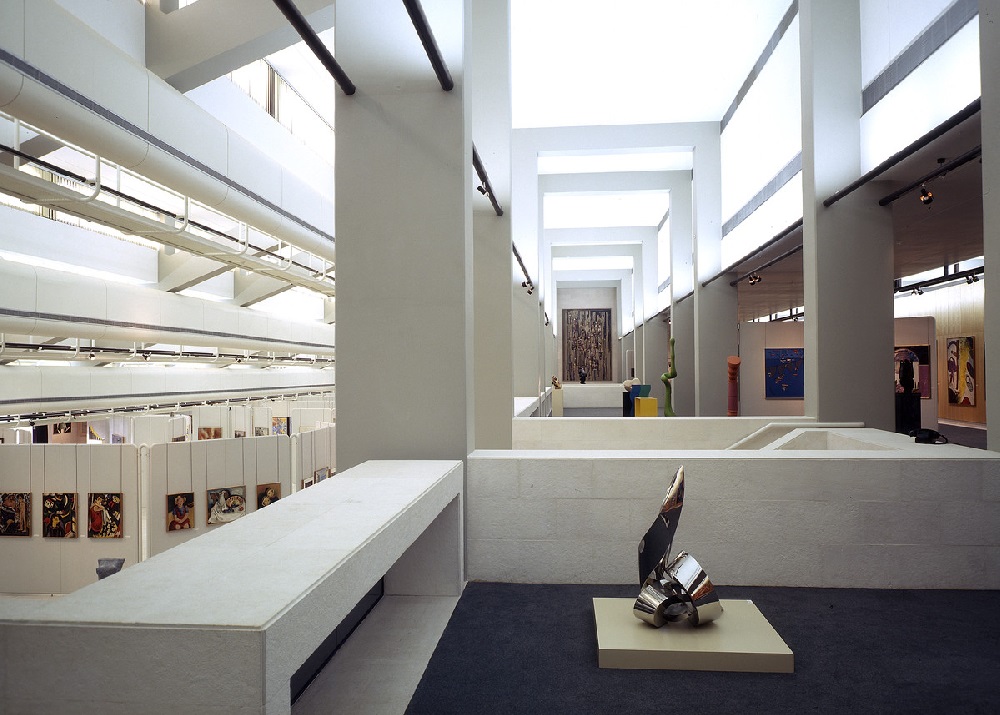
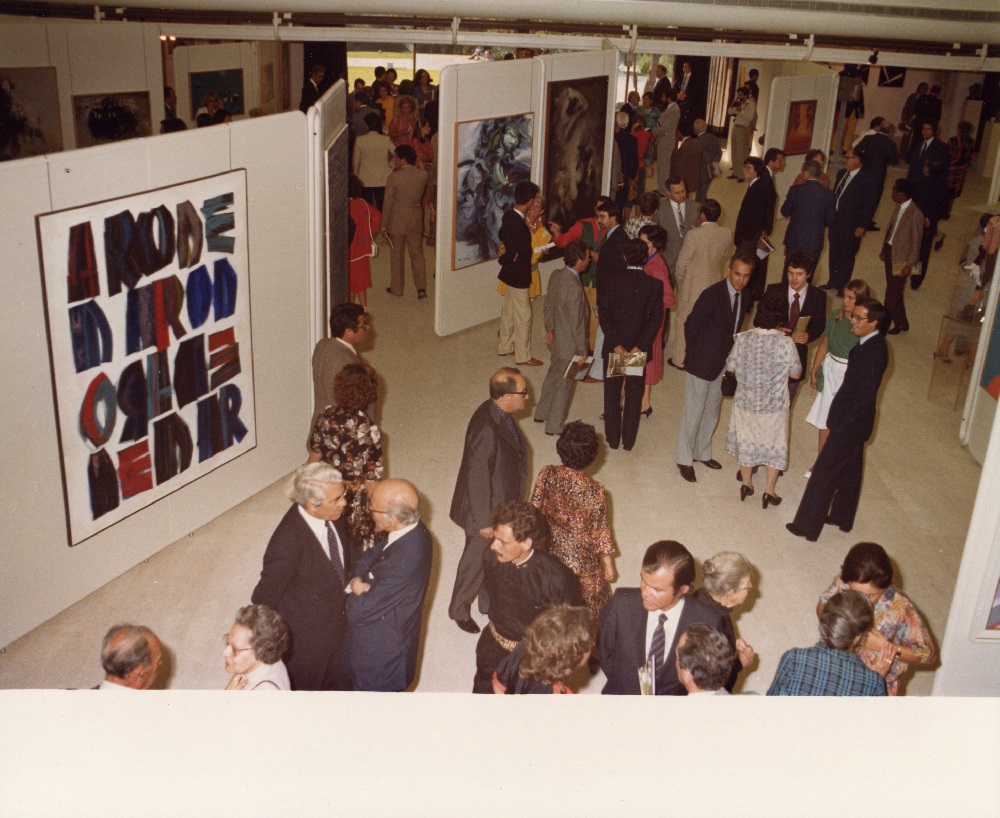
The main gallery showed the greatest number of works, mainly paintings and sculptures produced between 1911 – the year regarded as the start of Portuguese modernism – and 1940, following a chronological order. On Floor 1, visitors could encounter international artworks, including the noteworthy section of British art focusing on the 1960s. On Floor -1, two distinct sections were on display: the first devoted to printmaking and drawing by Portuguese artists, and the second housing small-scale sculptures and pieces of design and furniture.
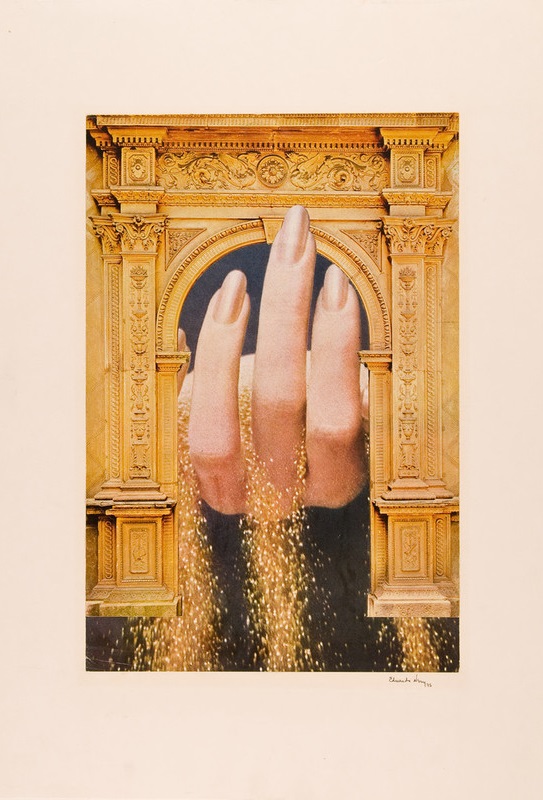
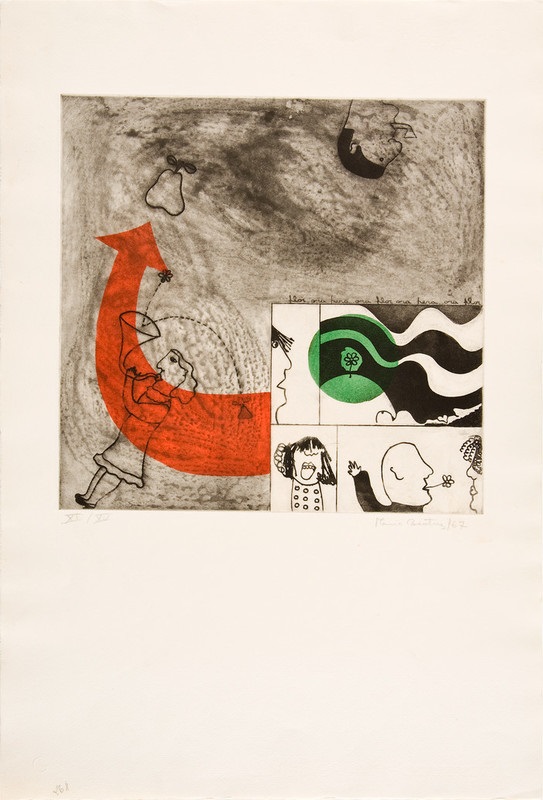
This arrangement was replaced halfway through 1985 by a second display of the Collection, which was available to the public until September 1989.
História das Coleções
On the digital catalogue you can explore the 1343 exhibitions held by the Foundation between 1957 and 2016.
Learn more